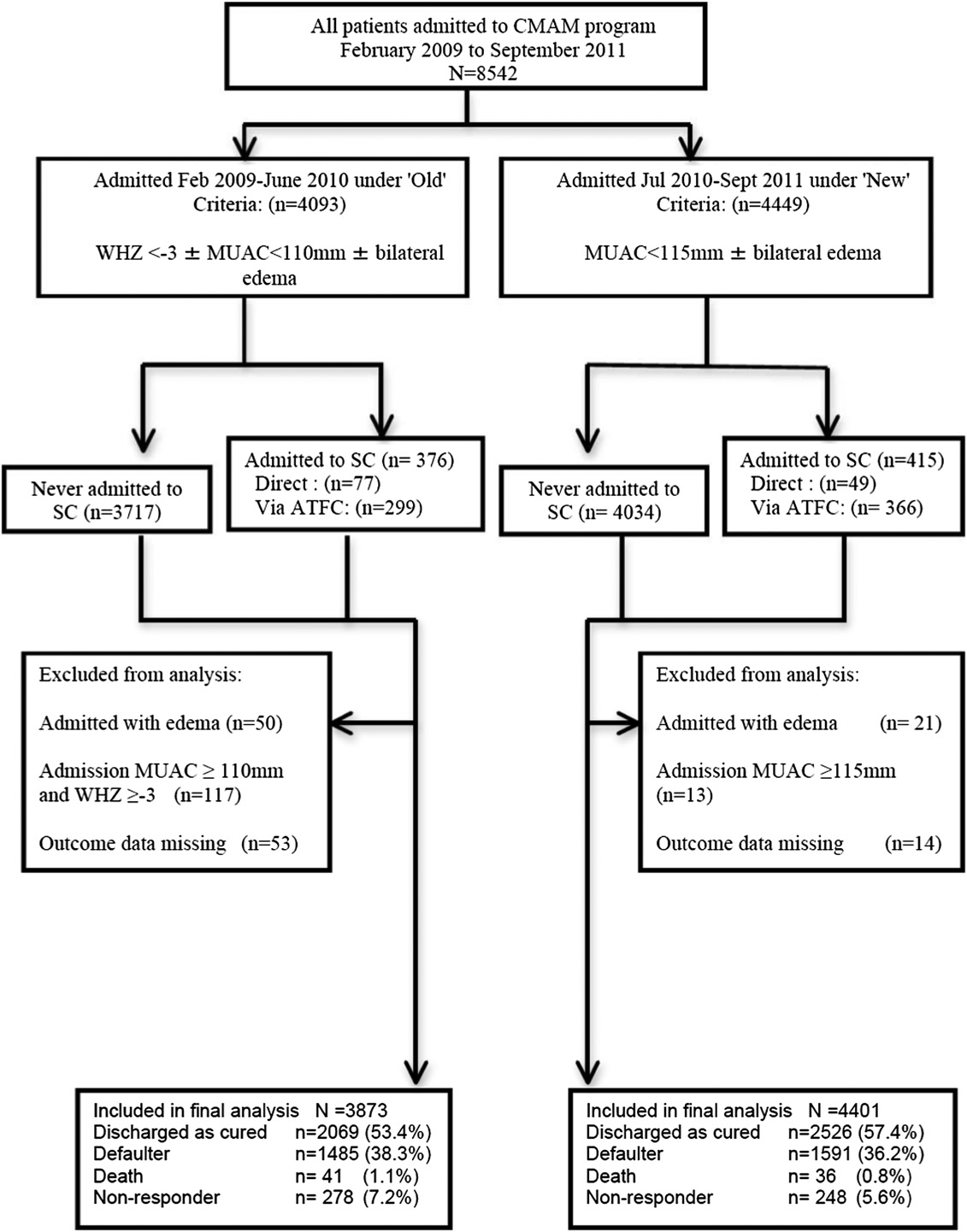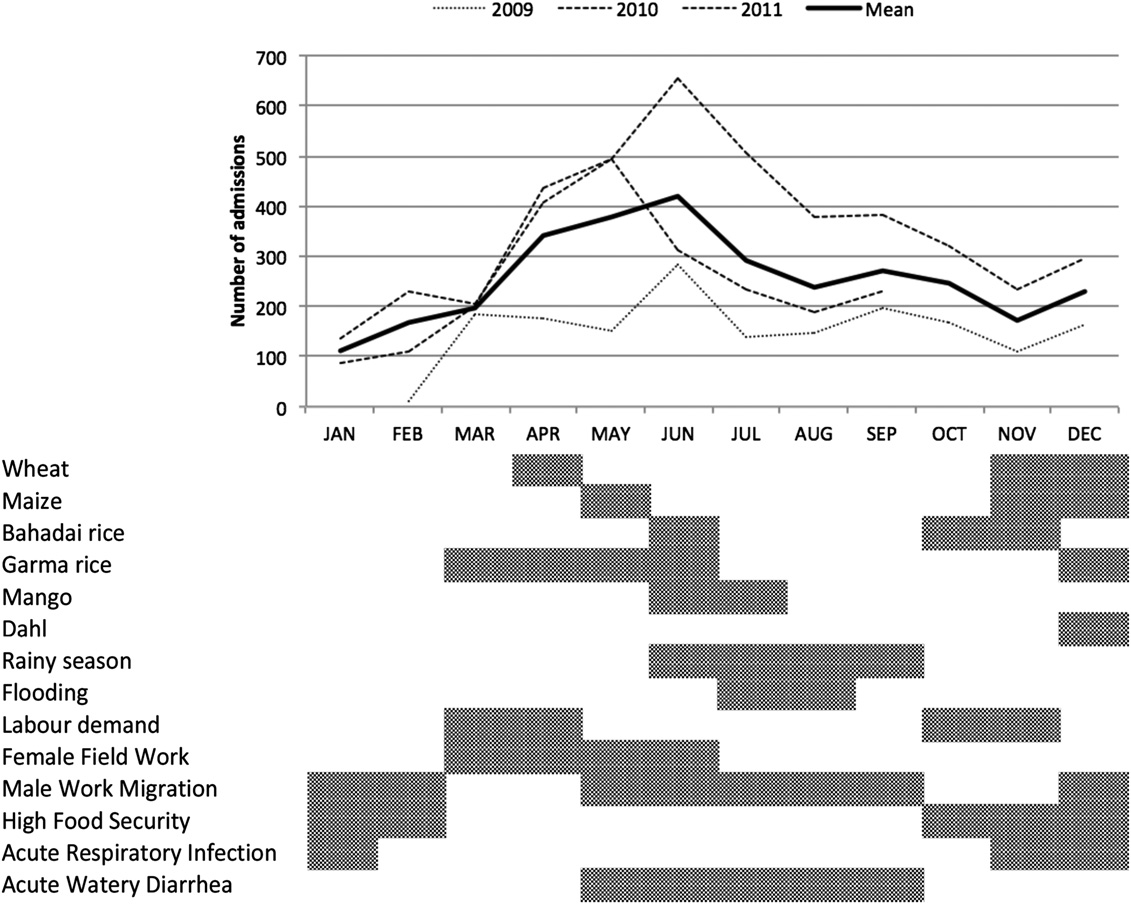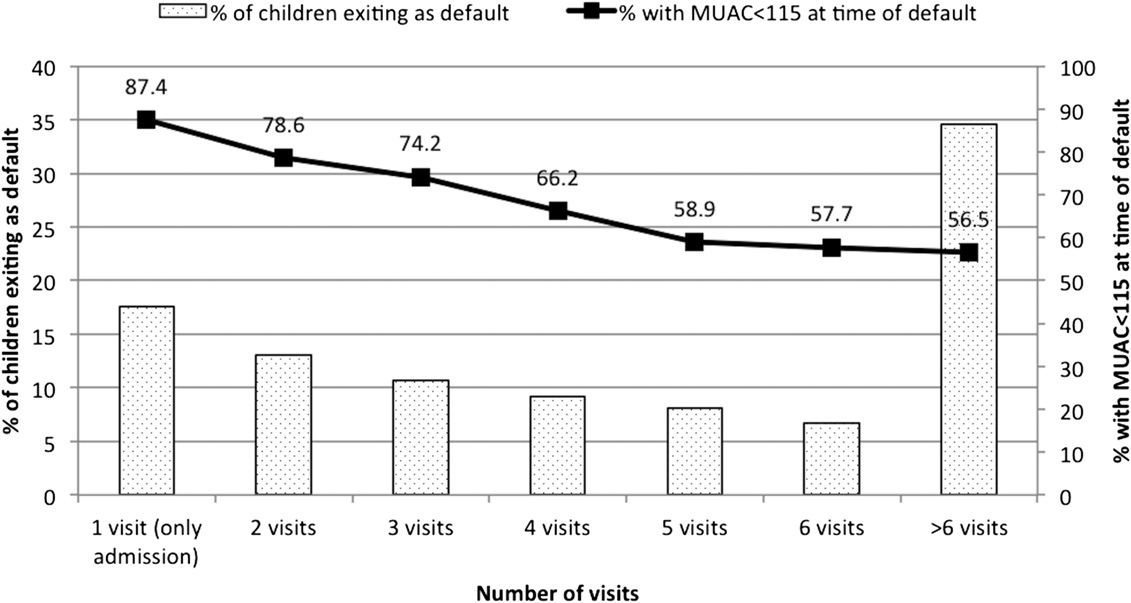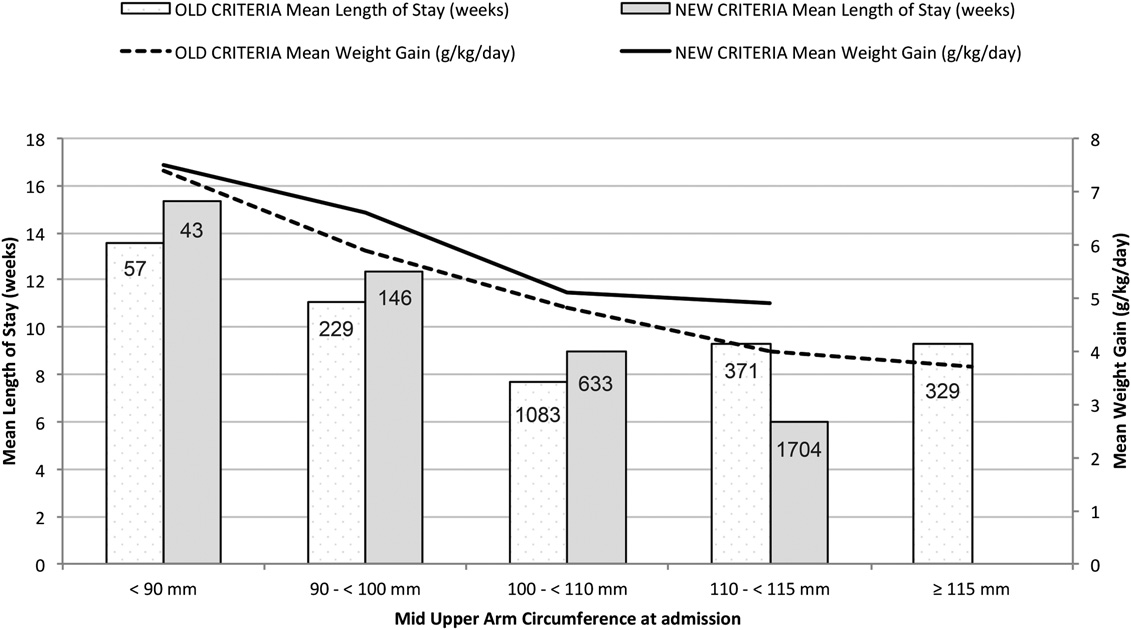Microsoft word - 10. meeusen.doc
The Brain and Fatigue : New Opportunities for Nutritional Romain Meeusen1, Phil Watson2 , Jiri Dvorak3 1. Dept Human Physiology & Sportsmedicine - Faculty of Physical Education and Physiotherapy, Vrije Universiteit Brussel, Brussels , Belgium 2. School of Sport and Exercise Sciences, Loughborough University, Leicestershire, LE11 3TU, 3. Dept Neurology and F-MARC (FIFA Medical Assesment and Research Center) Schulthess





